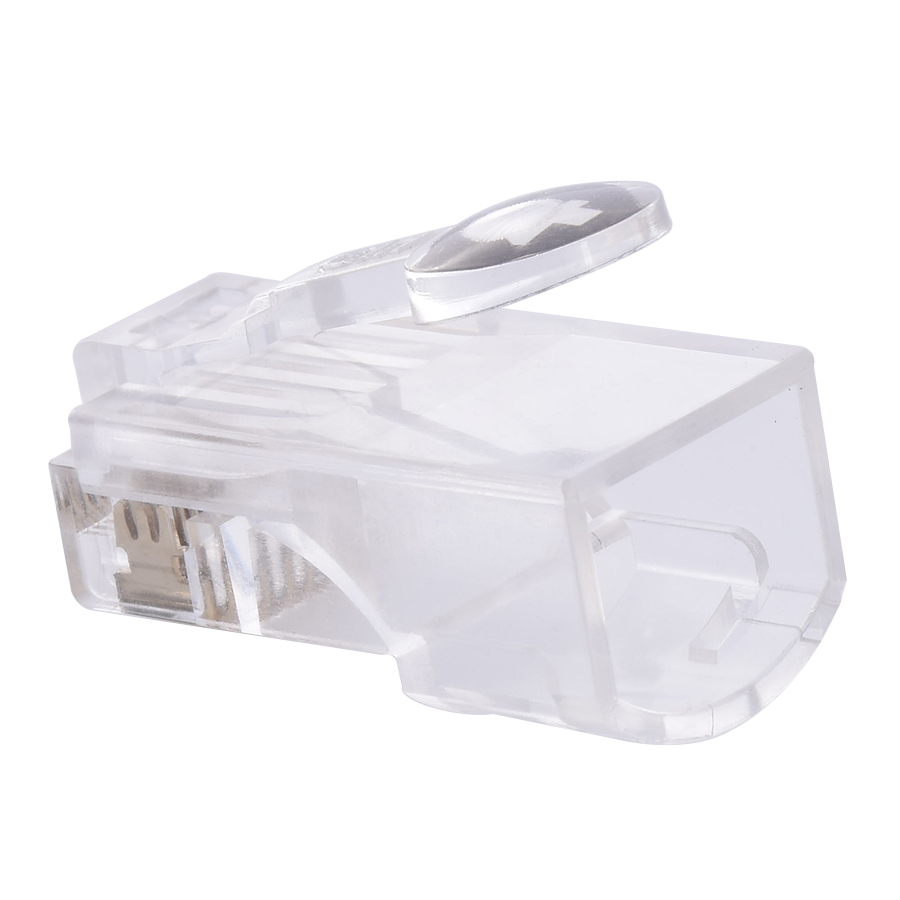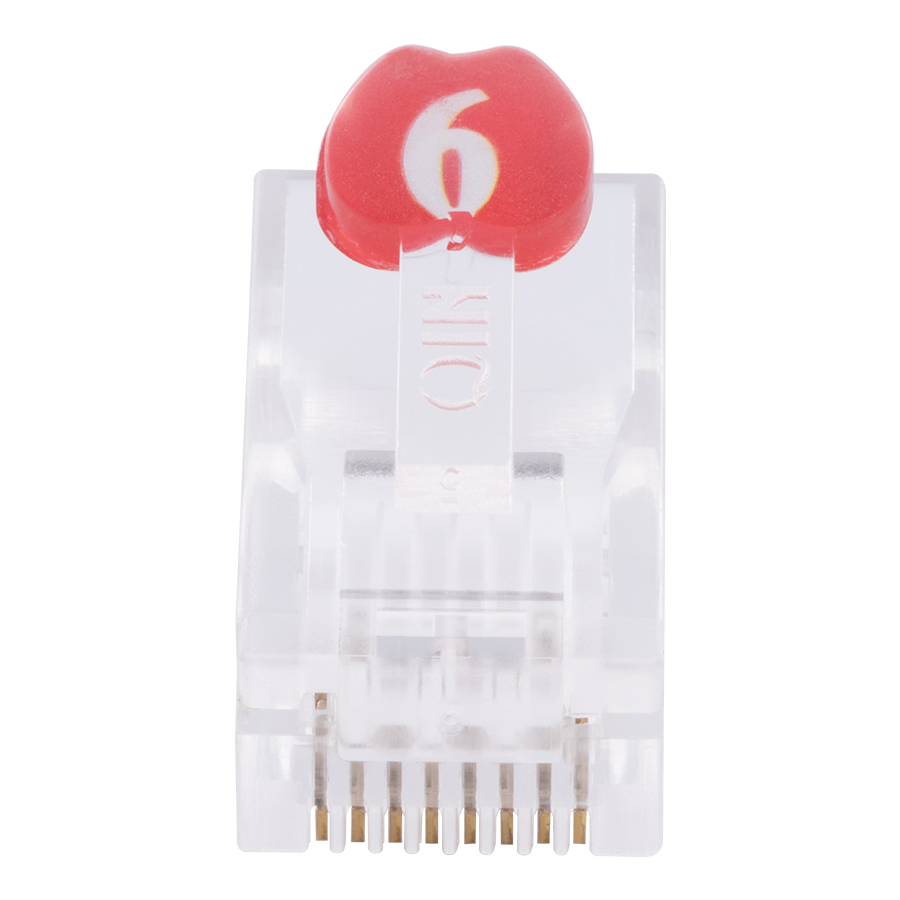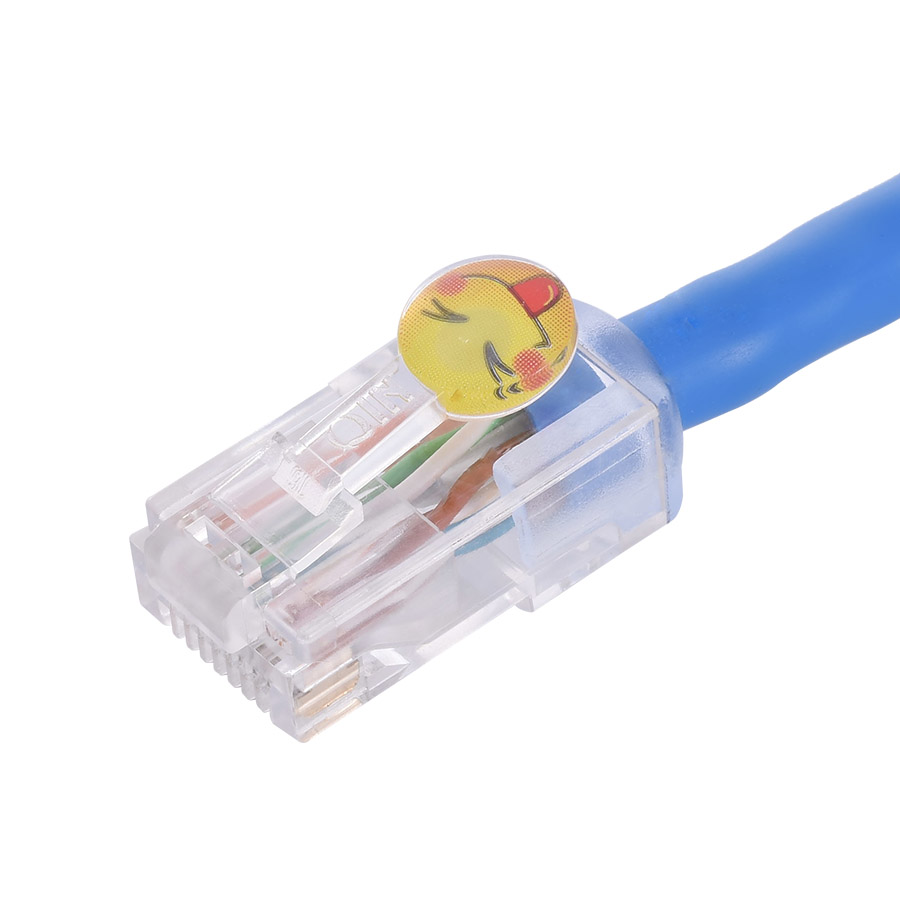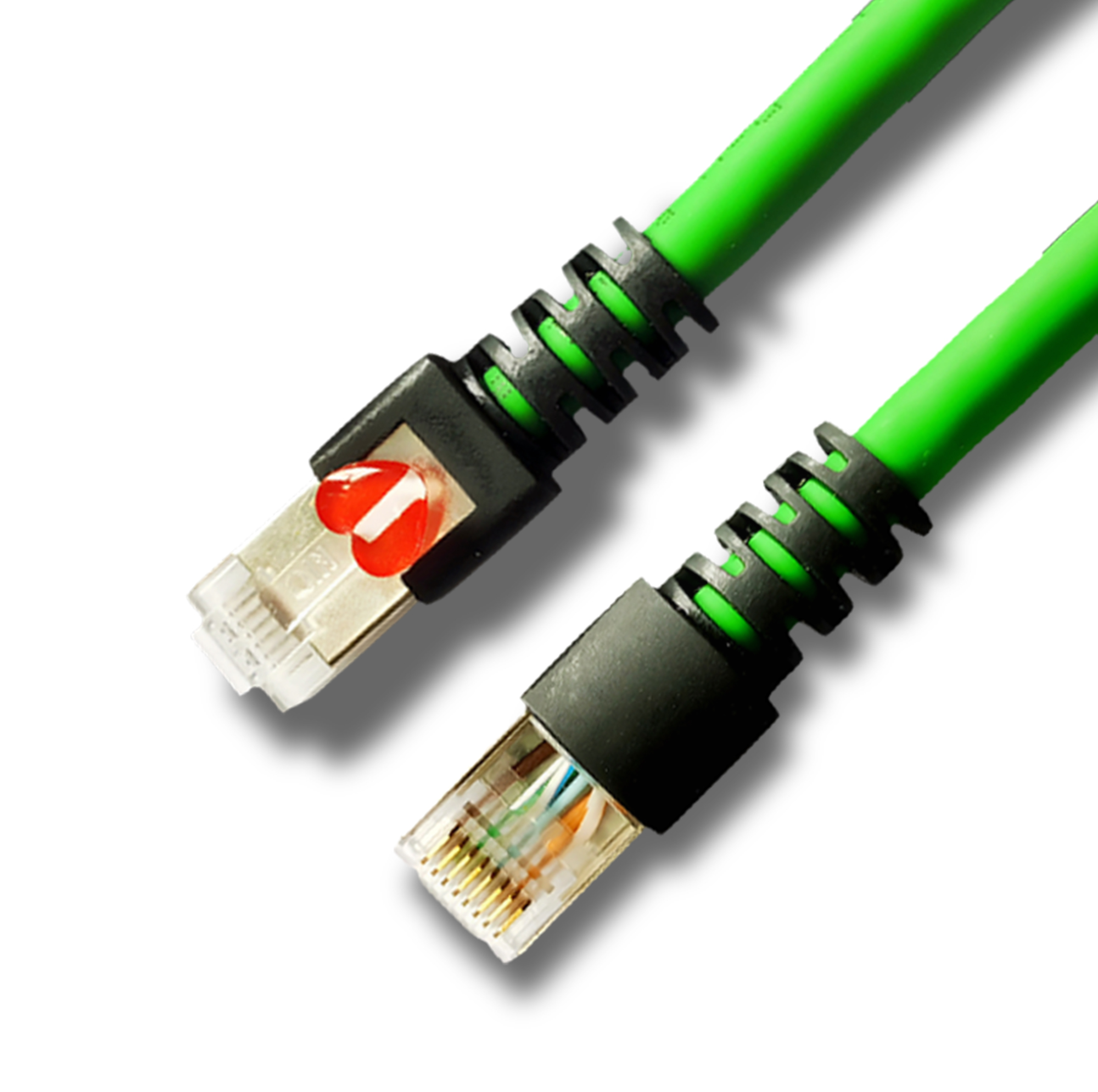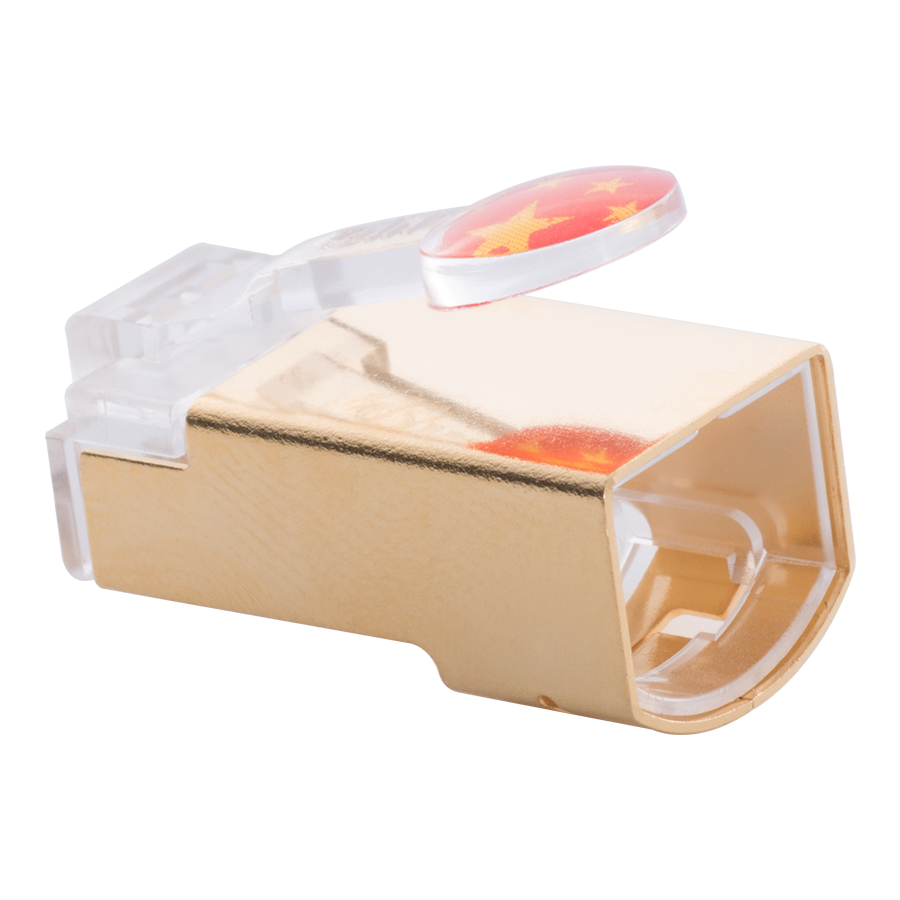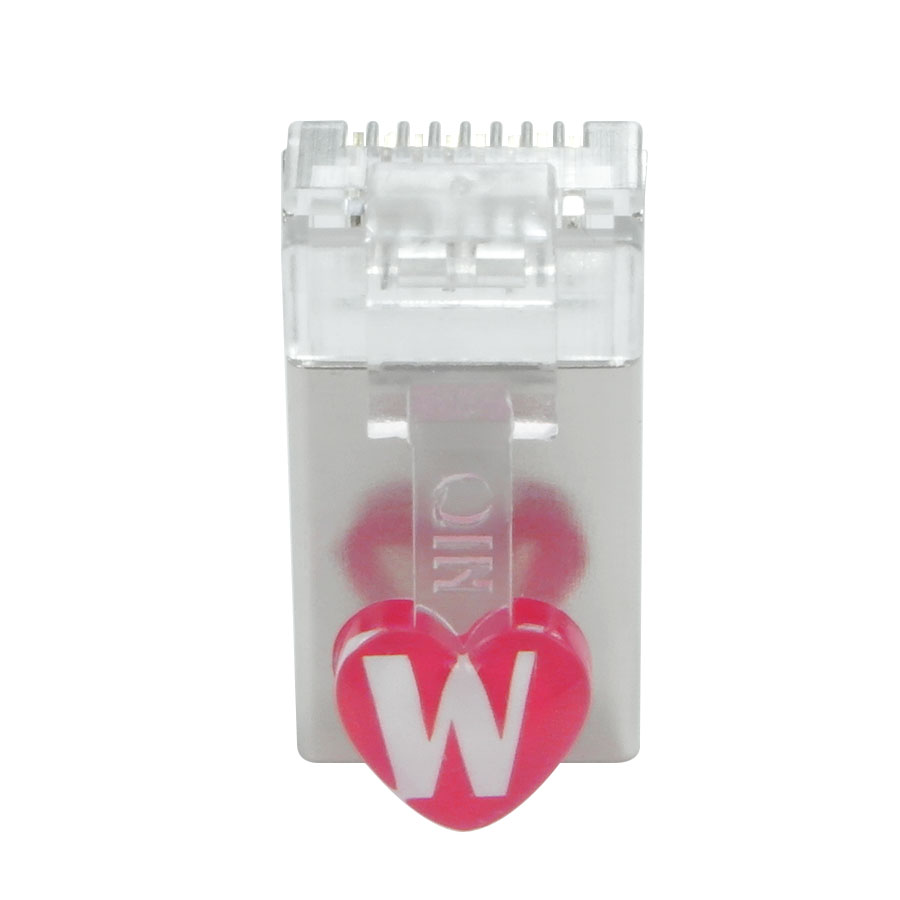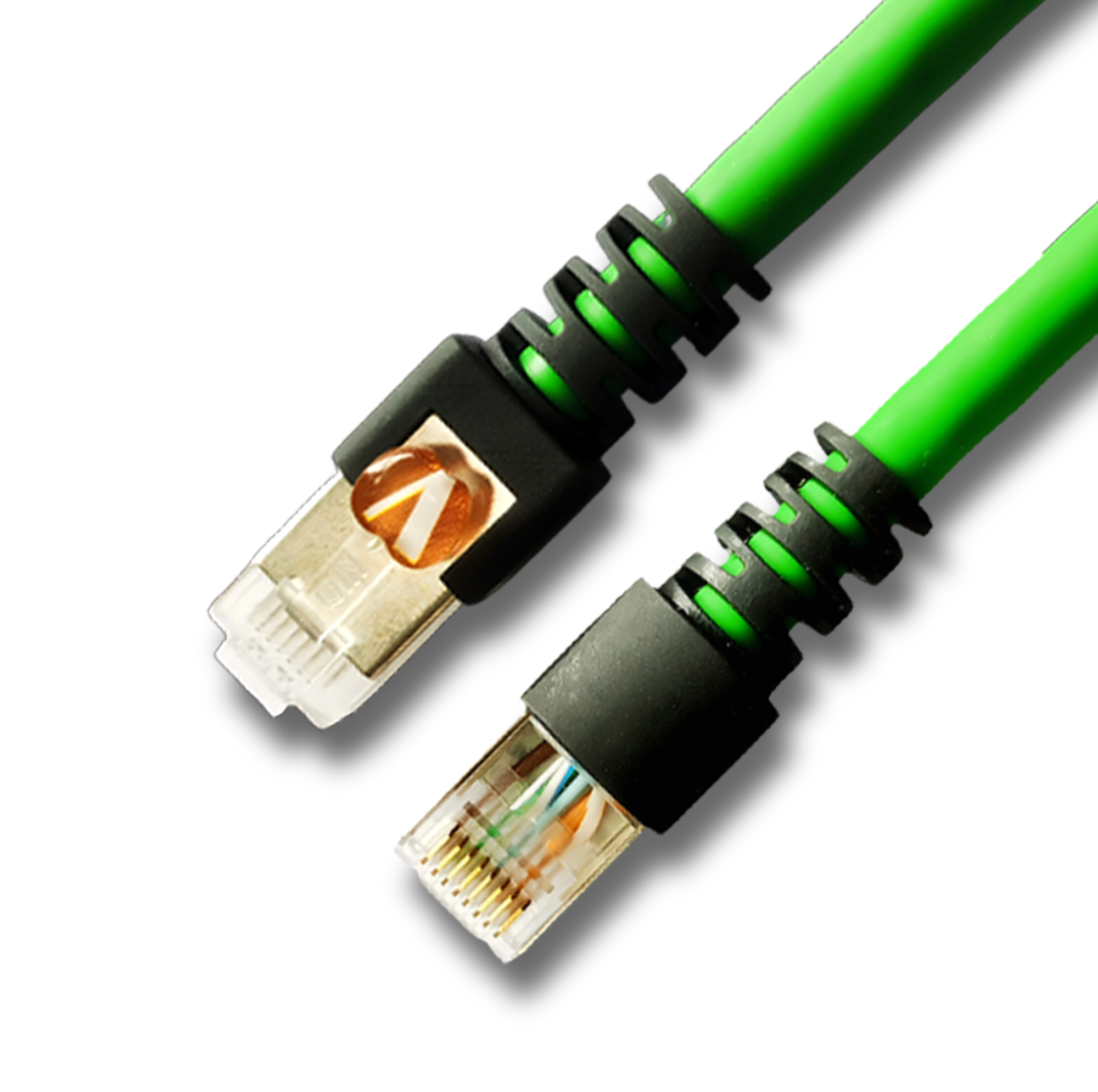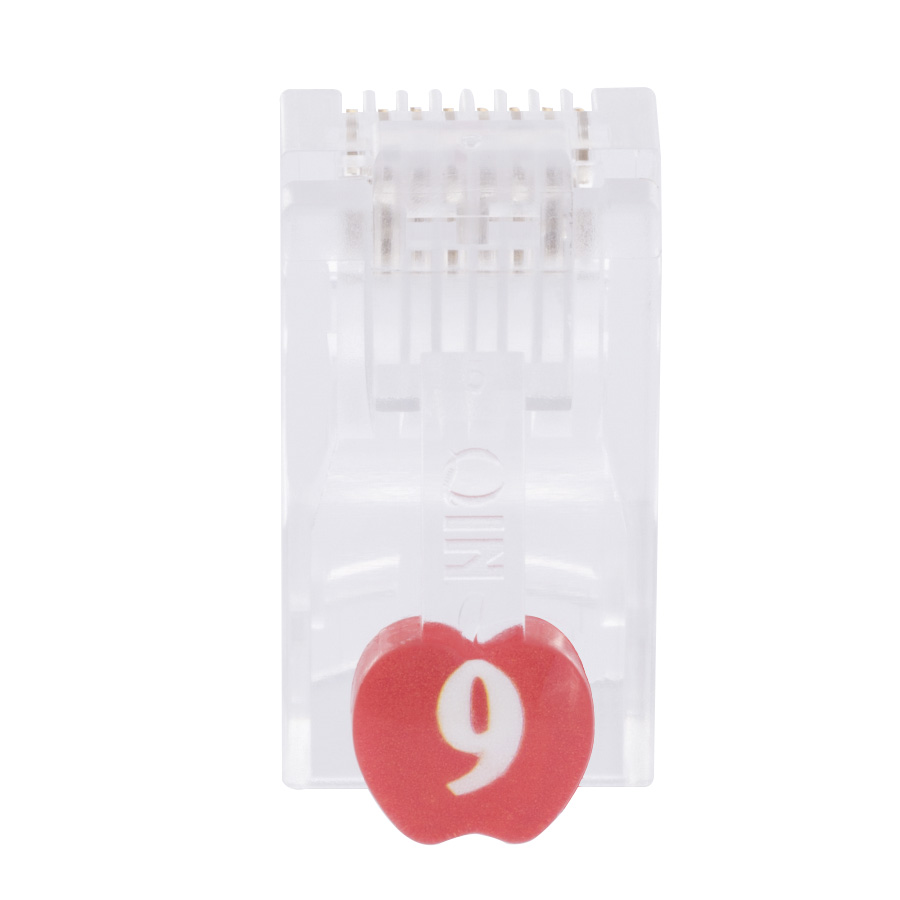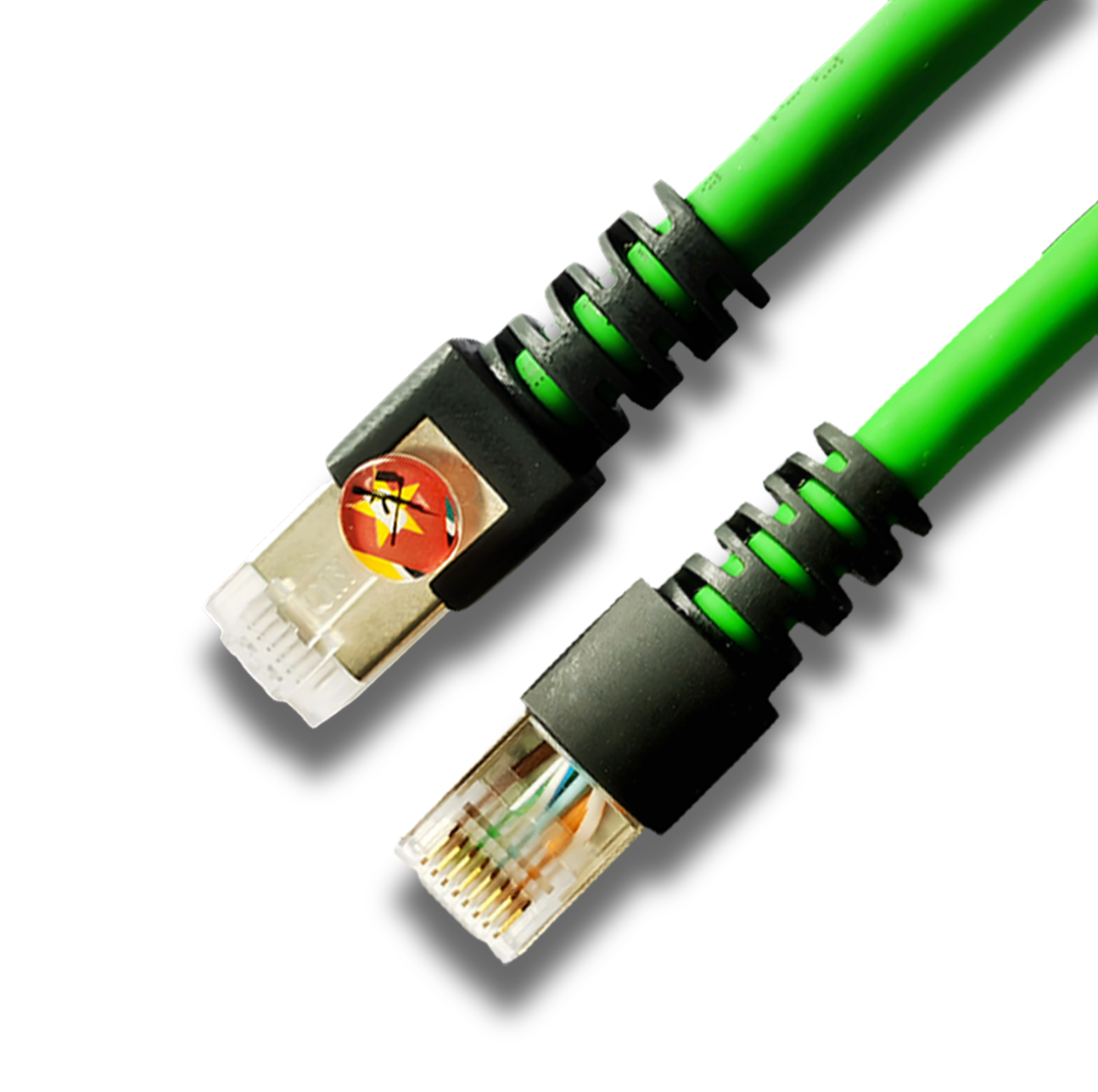- Language
Network Patch Cord Shielded
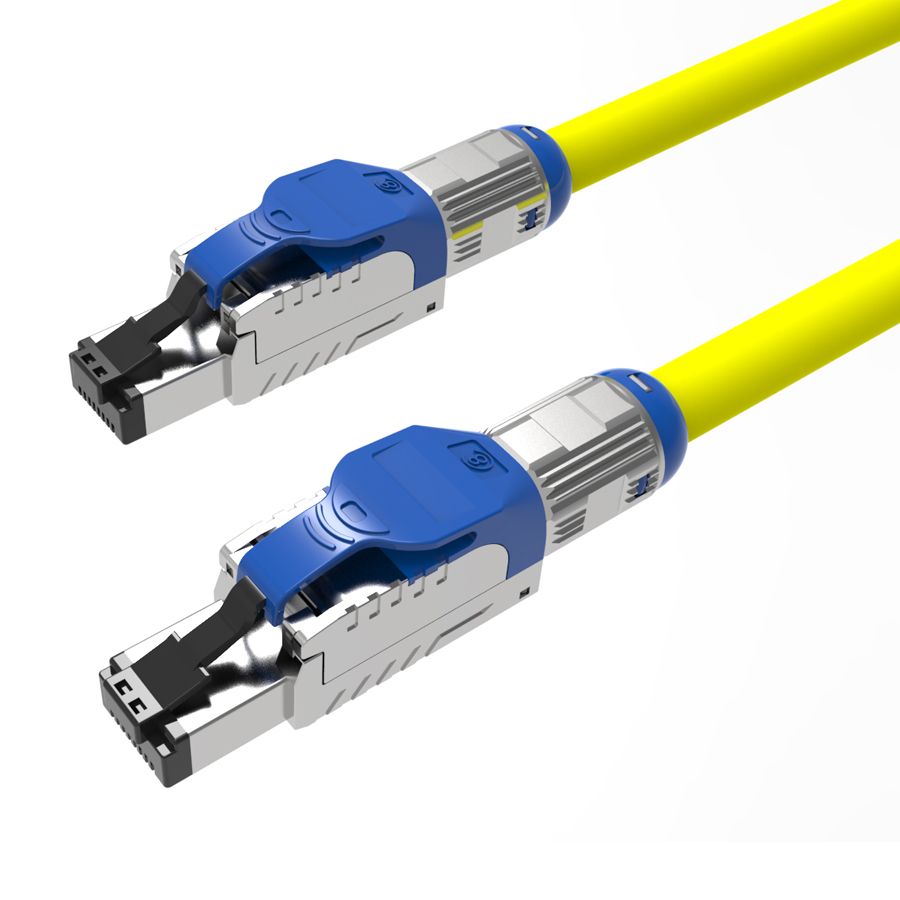
A network patch cord shielded is engineered to provide enhanced protection against electromagnetic interference (EMI) and crosstalk, making it an ideal choice for maintaining reliable data transmission in environments prone to electrical noise. In today's technology - saturated world, where numerous electronic devices coexist and wireless signals fill the airwaves, the risk of interference affecting network performance is significant. Shielded patch cords address this issue by incorporating specialized shielding mechanisms into their design.
The shielding in these patch cords typically consists of one or more layers of conductive materials, such as aluminum foil or braided copper. The most common shielding configurations include individual shielding around each twisted - pair wire, often referred to as foil - shielded twisted - pair (F/UTP), or an additional overall shield covering all the wire pairs, known as shielded - twisted - pair (S/STP). The individual shielding around each pair effectively blocks external electromagnetic fields from penetrating the wires, reducing the likelihood of signal degradation. Meanwhile, the overall shield further enhances protection by preventing crosstalk between different wire pairs within the cable, ensuring that each signal travels without interference from adjacent pairs.
The materials used in shielded patch cords are carefully selected to maximize shielding effectiveness while maintaining flexibility and durability. High - quality copper conductors are employed to ensure excellent electrical conductivity, minimizing signal loss during data transfer. The insulation surrounding the conductors is made from advanced polymers that not only provide electrical isolation but also protect the wires from physical damage. The outer jacket of the cord is often constructed from robust, abrasion - resistant materials, safeguarding the internal shielding and wires from everyday wear and tear, such as pulling, bending, and rubbing.
Shielded patch cords are particularly beneficial in environments where electromagnetic interference is prevalent. In industrial settings, for example, heavy machinery, motors, and electrical equipment generate strong electromagnetic fields that can disrupt unshielded network connections. Using shielded patch cords in such areas ensures that data can be transmitted accurately and without interruption, supporting critical operations like automated manufacturing processes and real - time monitoring systems. Data centers also rely on shielded patch cords, as the close proximity of numerous servers, switches, and power supplies creates a complex electromagnetic environment. Here, shielded cords maintain the integrity of high - speed data transfers, preventing data loss and system malfunctions that could impact the entire network infrastructure.
However, it's important to note that proper installation of shielded patch cords is crucial for their optimal performance. The shielding layers must be correctly grounded to effectively divert interfering signals. Inadequate grounding can render the shielding ineffective, leaving the data transmission vulnerable to interference. Additionally, due to the extra shielding materials, shielded patch cords may be slightly stiffer and bulkier compared to unshielded ones. This can pose challenges in cable management, especially in tight spaces within network racks or cabinets. Nevertheless, with careful planning and the use of appropriate cable management tools, these drawbacks can be mitigated, and the benefits of enhanced signal protection can be fully realized. Overall, shielded network patch cords offer a reliable solution for maintaining high - quality network connections in demanding electromagnetic environments.
Read recommendations:
600x600x32U Server Cabinet, Floor Standing Cabinet with Mash Front Door
